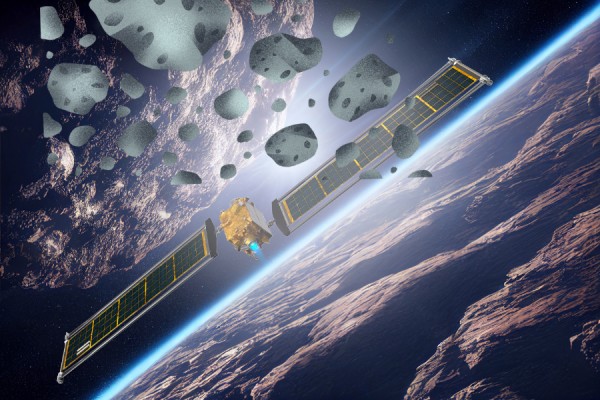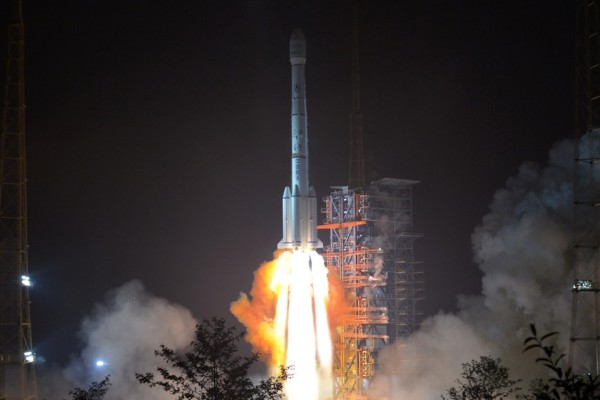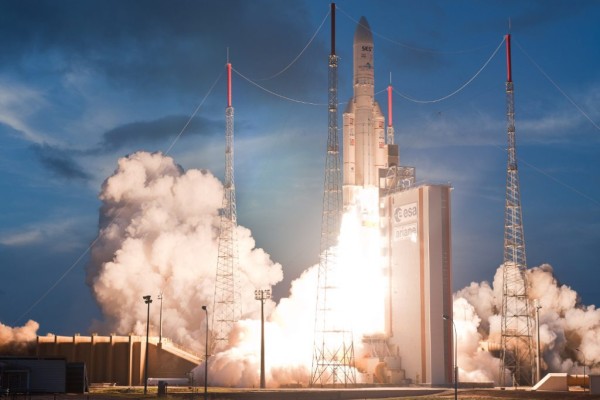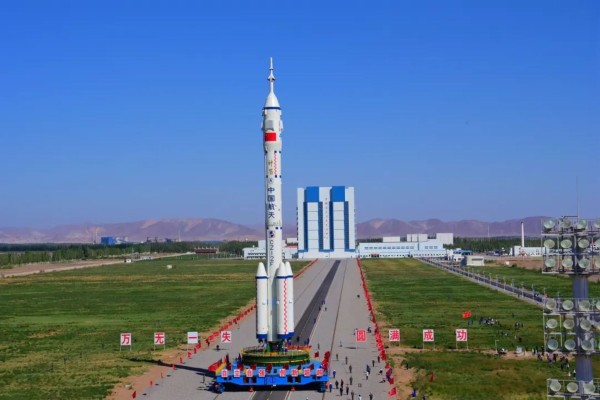- Space
- 1 year before
The Soviets' N1 Rocket: The Great Disappointment
The design of the N1 rocket, its technical characteristics and the history of failures in the Soviet Moon mission. A story with a turning point in the moon race
-

- 1 year before
- Category: Space
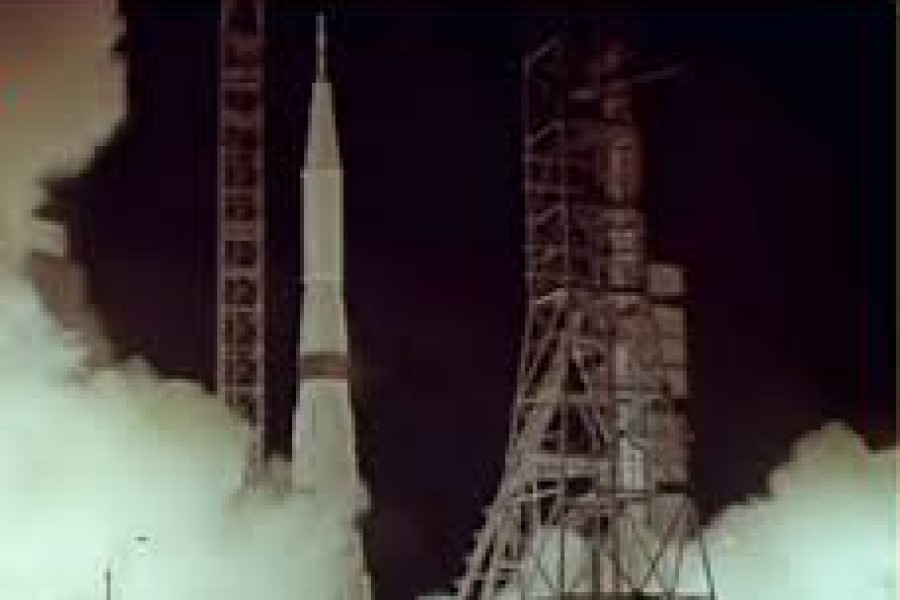
N1: The Soviet Union's Ambitious Lunar Rocket
Design and Specifications
The N1 was a colossal super-heavy launch vehicle designed by the Soviet Union to compete with the United States' Saturn V rocket. It consisted of five stages, with the first stage being the most powerful ever flown, generating an astonishing 45.4 MN of thrust. Standing 105.3 meters tall and measuring 17 meters in diameter, the N1 weighed a staggering 2,750 tons. However, its complex fuel and oxidizer supply systems, coupled with a cluster of 30 engines, proved to be its Achilles' heel, leading to a series of catastrophic failures during launch attempts.
Missions and Usage
The N1-L3 variant was intended to fulfill the Soviet Union's lunar ambitions, mirroring the U.S. Apollo program. It aimed to transport cosmonauts to the Moon, utilizing the L3 payload, which comprised a lunar landing stage, the LK Moon landing vehicle, and the Soyuz 7K-LOK Lunar orbiter for return to Earth.
Result and Effect
The N1 program was plagued by technical challenges and political turmoil, exacerbated by the untimely death of its chief designer, Sergey Korolyov, in 1966. After four unsuccessful launch attempts, the program was suspended in 1974 and officially canceled in 1976. The Soviet Union's secrecy surrounding the N1's failures and its manned lunar program remained intact until 1989. Ultimately, the N1's demise resulted in the Soviet Union conceding the Moon race to the United States and had a profound impact on the trajectory of the Soviet space program.

